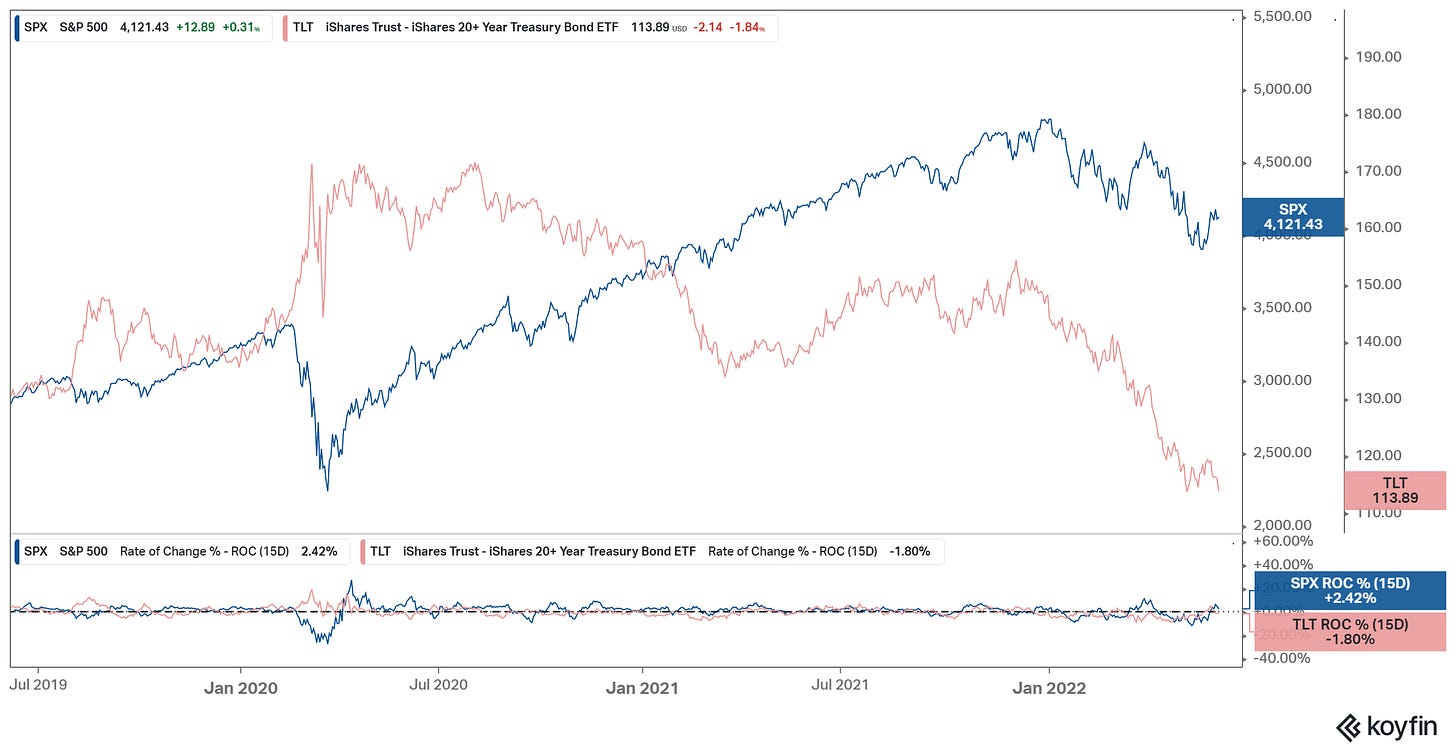We get the May inflation report on Friday.
Remember, the consensus view/hope is that inflation has peaked. Just as the "transitory" theory was spoken into the economic psyche by the Fed, and distributed by the media and politicians, so has the "inflation has peaked" theory.
To be sure, the former certainly influenced behaviors last year - the idea that inflation was transitory gave Congress the cover to nearly push through another $3 trillion in fiscal spending ("Build Back Better")! If not for the heroic steadfastness of Manchin, we might be looking at inflation in the mid-teens, if not 20%, by now.
So, what does the "inflation has peaked" messaging do to influence behaviors this time around? When people expect the price of everything to run away, they chase prices (higher, and higher). "Inflation has peaked" can change that expectation, and therefore, soften inflation.
As the former Fed Chair, Ben Bernanke recently said: "Monetary policy is 98% talk and 2% action." They've tried to talk down inflation on the one hand, by saying it has peaked, and on the other hand by telling us they are going to bring down demand.
So, we'll see on Friday if indeed we are getting the signal that inflation has peaked (from the May report).
The April report (last month) presented some hope - the monthly change dropped from a very hot 1.2% (from Feb to March) to just 0.3% (from March to April). Despite a, still, hot 8.3% year-over-year inflation rate from the April report, the rate-of-change from month-to-month fell sharply - if we annualise that 0.3% number, we get inflation back in the high 3s.
The Fed would be very happy to see another monthly number projecting something in the 3%-4% annualised range.
All of that said, the "peak" inflation theory is unlikely…Just looking at the data coming in globally, the U.S. would be bucking the global trend with a softer May inflation report.
PS: I’ve discussed my view on the shift in narrative “from Fed hikes to growth cuts”. Whilst the timing is far from perfect, the US 10yr yield seems to have peaked - the stall in yields ties in with Apr-May seasonality - and the re-emergence of negative correlation between stocks/bonds gives some credence to the view.




